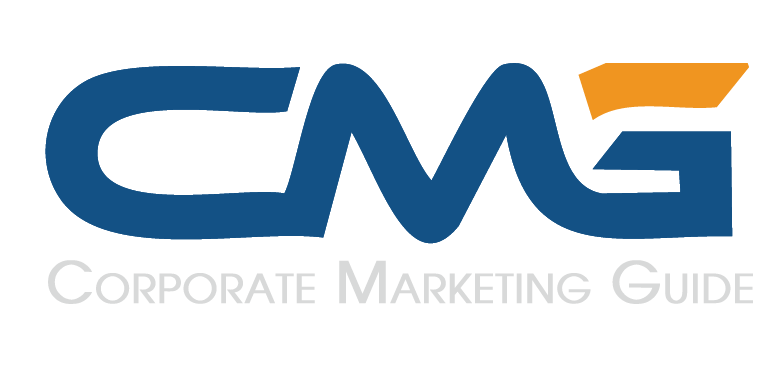Any business should understand that user expectations are higher than ever. People want every interaction with a product or service to be simple, intuitive, and enjoyable (or at the very least, not frustrating). A single frustrating step can cause users to abandon a product, which is why businesses turn to UX agencies for help.
These experts specialize in designing and optimizing the customer product journey, ensuring that every touchpoint is smooth and engaging.
But how do they achieve this?
This article helps you take a closer look at how a professional UX agency takes a product from concept to customer delight.
What is a customer product journey?
The customer product journey covers every experience a person has with a product or service, from initial awareness through purchase, use, and advocacy.
It includes everything: marketing, onboarding, user interface interactions, customer support, and even how a company handles complaints.
For UX professionals, this journey is about more than just usability. It’s about emotions, expectations, and the psychological factors that drive decision-making.
Mapping the journey allows agencies to see the product from the user’s perspective, spot friction points, and identify where improvements can deliver the most value. This is absolutely necessary for UX agencies to create seamless customer product journeys.
1. The foundation of a UX agency’s work: RESEARCH
Before a single wireframe is sketched, a UX agency dives deep into research. The discovery phase typically includes:
- User interviews: Talking to real users about their needs, challenges, and goals to gather qualitative
- Surveys: Gathering quantitative data on user preferences and behaviors.
- Competitor analysis: Reviewing competitors’ products to identify best practices and differentiation opportunities.
- Customer journey mapping: Visualizing the entire customer product journey to understand where users struggle or drop off.
This extensive research ensures that design decisions are based on real data, not assumptions. It’s during this phase that UX agencies begin to uncover the hidden pain points that might be costing businesses sales or engagement.
2. UX design for a seamless customer product journey: from wireframes to prototypes
Once research is complete, the UX agency moves into design. The goal here is to create a flow that feels natural and intuitive.
This phase often includes:
- Wireframing: Sketching out low-fidelity screens that define the structure and information hierarchy.
- Prototyping: Building interactive prototypes that simulate how the product will work.
- Usability testing: Observing users as they interact with prototypes to catch issues early.
Designers focus on removing friction at every step of the customer product journey.
For example, they might simplify signup forms, streamline navigation, or add micro-interactions to guide users. Each small change contributes to a smoother overall experience.
3. UX agencies must focus on iteration and continuous improvement
One of the key principles of user experience design is iteration. The first version of a product is rarely perfect. Top UX agencies understand this and rely on an ongoing cycle of testing, feedback, and refinement.
They collect user data through analytics, heatmaps, and A/B testing to see how real users behave once the product is live. They then adjust designs, improving weak areas of the customer product journey while doubling down on what works.
This approach ensures that the product keeps evolving along with user expectations.
4. A UX agency’s collaboration with developers and stakeholders
Creating a seamless user experience is never a one-person job. A UX agency works closely with product managers, developers, marketers, and other stakeholders to ensure that design decisions are aligned with business goals and technically implementable.
This collaboration ensures that the end result not only delights users but also supports your company’s current objectives, such as increasing conversions or boosting customer retention.
Customer product journey optimization — Examples
- A fintech app might hire a UX agency to redesign its onboarding process, reducing the number of steps required to create an account and adding visual cues to guide users.
- An e-commerce platform might engage a UX agency to streamline its checkout flow, resulting in fewer abandoned carts and higher revenue.
These improvements may seem small individually, but together, they transform the customer product journey into one that feels effortless and rewarding.
From Concept to Delight – The End Goal
At the heart of every UX agency’s work is the user. The ultimate goal is not just to create a functional product, but to craft an experience that users truly enjoy. When the customer product journey is seamless, users feel understood, supported, and valued.
This leads to greater satisfaction, higher retention rates, and stronger brand loyalty.
At the very least, it helps reduce potential frustration and prevents users from feeling the need to look for an alternative to your solution.
A well-optimized journey can even turn users into brand advocates, helping the product grow organically through word of mouth.
Also read: The Psychology Behind AI-Generated Logos



